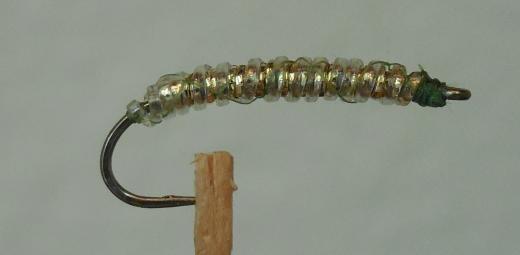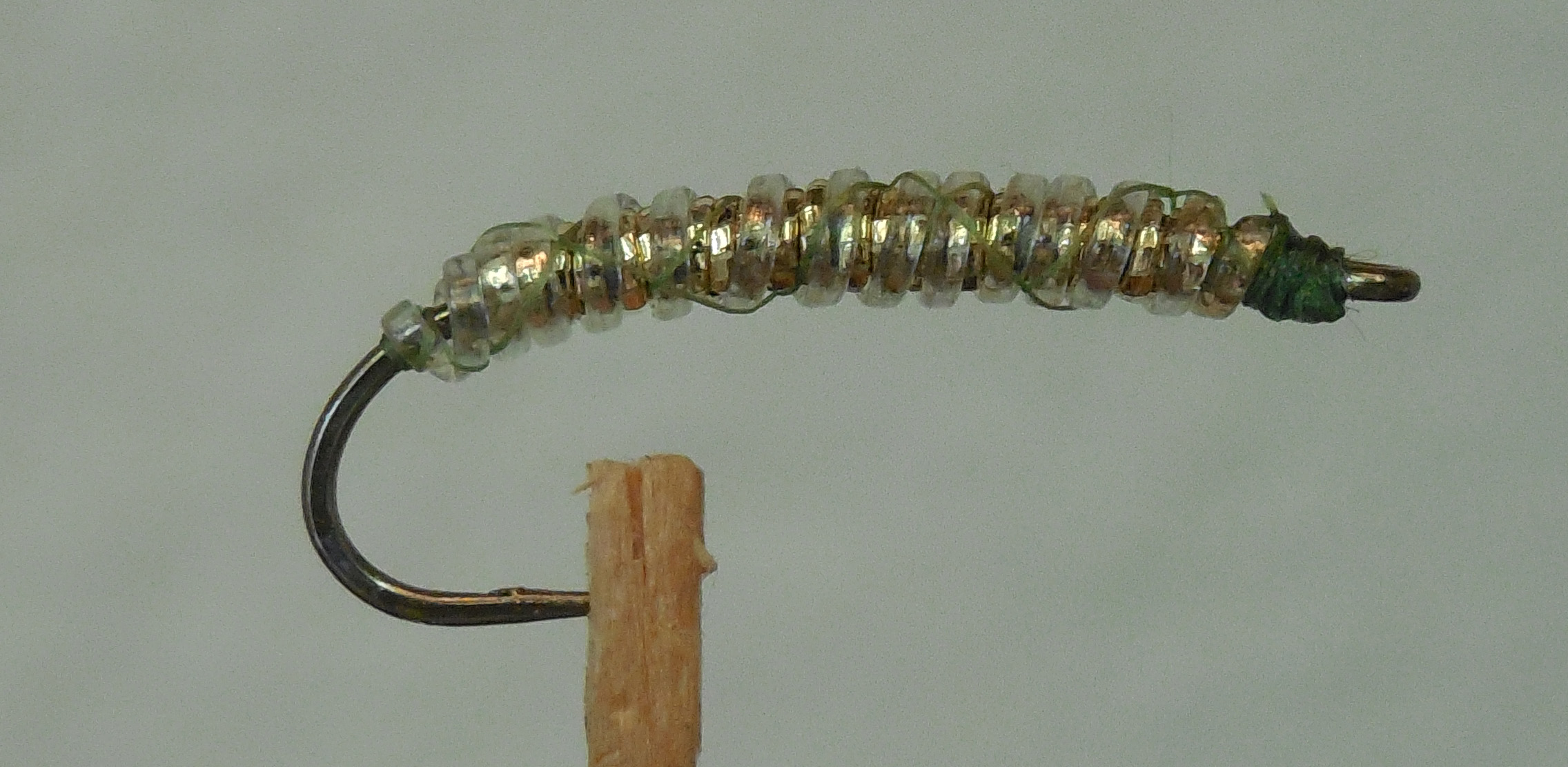The Trout Line Newsletter - January 20, 2020
THE TROUT LINE
January 20, 2020
Welcome to The Trout Line Newsletter! This is our Tualatin Valley Trout Unlimited Chapter newsletter that will be coming out twice a month on the 1st and 3rd Mondays of the month.
Christmas For Coho Results!
We are beginning to plan, and in conjunction with the Clackamas River Basin Council are exploring some ideas. CRBC has grabbed three days to develop some tree placement plans but the Clackamas area sites and plan details have not been formulated yet. However, if you want to make some notes, the target days are April 16, May 2 and June 6. As plans develop, I will send an email to all with details and seeking volunteers.
Volunteer Opportunity
“The plantings are a part of a huge Chicken Creek restoration project. This past summer we broke ground and excavated a channel to restore this tributary stream back to its natural route. This change will allow us to connect several of the wetlands on the refuge and reduce the number of water control structures and human management of the wetlands. The return to its natural route has increased its length, and the meandering shape allows for diversity in habitats available for wildlife and macroinvertebrates. The planting events will provide important vegetation along the new Chicken Creek, which will be vital in restoring a riparian habitat.”
Fly of the Month - Golden Ghost
Hook: Light wire, 2x, #8-10
Thread: 6/0 (8/0 also works), clear or light green
Underbody: Gold flashibou
Overbody: Clear hollow tubing such as Larva Lace
- Tie down a couple of strands of gold flashibou and the end of a three to four inch long Larva Lace strip just behind the hook eye. Wrap the materials onto the hook shank in loose winds to the hook bend and back to the eye. Tie off with a couple of half hitches to keep the thread in place.
- Wrap the strands of flashibou in close touching turns to just behind the hook eye. Tie down with three or four thread turns and clip the excess.
- Wrap the tubing in touching turns with just enough pressure to retain the round shape and cause some air to remain in the tubing. Tie off with five or six tight turns and trim the excess.
- Wrap a small head, tie off and seal with a small drop of head cement.
- OPTIONAL: use a black panatone pen to “spot” twin air sacs at each end of the body, if desired.
David suggests fishing either on a floating line and 15 foot leader of a 10 foot sink tip with a 7-8 foot leader. Allow the fly to sink to the desired depth (he suggests that most action occurs at the six to twelve foot depth) and retrieve very slowly or even static. And he notes that the natural tends to be positioned horizontally, so suggests that floatant applied to the bend of the hook may achieve that. I’m eager to try this kissing cousin of the chironomid patterns that have worked so well for me.
Meetings Location and Dates
Regular chapter meetings are held at the Lucky Labrador Public House 7675 SW Capitol Hwy. Portland, OR 97219 (503) 244-2537. Food and beverage are available. Social get together starts at 6:30 pm and the formal meeting starts at 7:00 pm unless otherwise noted in the newsletter or website.
February Meeting - Feb 12, 2020 - Rick Hafele - Nymph Fishing Rivers and Streams.
Topic: Nymph Fishing Rivers and Streams: This slide show explains what goes on below the surface of a streams and how to catch trout with nymphs. It covers equipment, insect behavior, patterns, and tactics. Everything you should know, even if you don’t want to know it!
More Information:
TVTU Website: https://tualatinvalley.tu.org/
TVTU Facebook Page: https://www.facebook.com/tualatinvalleyTU/
C4C Facebook Page: https://www.facebook.com/christmasforcoho/



